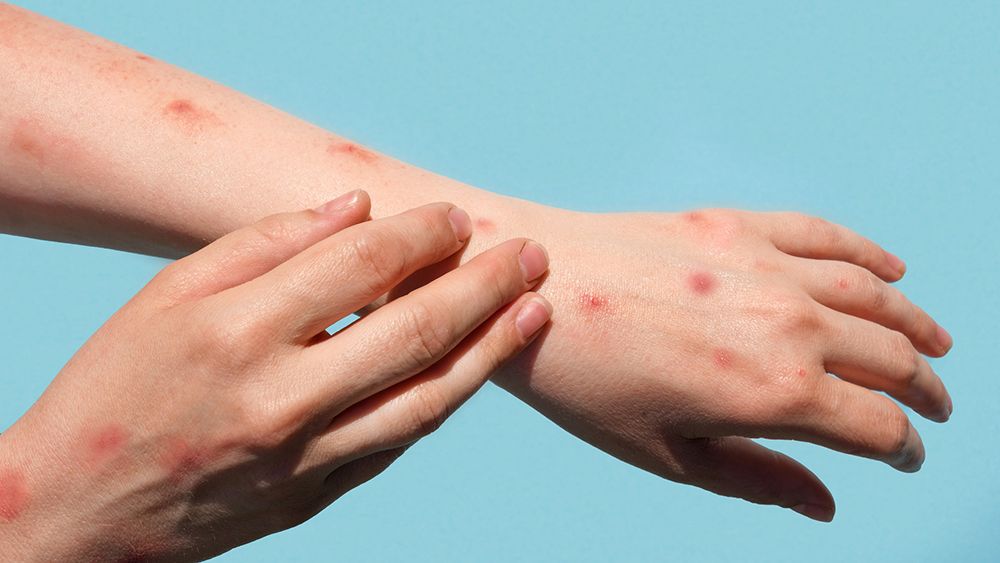MADISON, Wis. — Wisconsin now has six confirmed cases of monkeypox, as the virus spreads farther across America.
The U.S. has had outbreaks of monkeypox before. In 2003, 47 cases were reported nationwide. The 2022 outbreak is already the largest in the country’s history.
As of Wednesday, about 2,000 people across the country have been confirmed to have monkeypox since the outbreak began.
Monkeypox is a variant of smallpox, but is milder and far less deadly. So far, the World Health Organization has reported three deaths from the virus globally.
The virus can begin with cold or flu-like symptoms; the telltale sign is a rash. That rash can turn into blisters and open sores, which can sometimes be painful.

“[Infected people] are shedding virus through those blisters during that period, until it sort of scabs over,” said Dr. Ajay Sethi, a population health scientist at the University of Wisconsin. “They’re itchy, they can be painful. When they scab over, you’re no longer infectious. But there’s a several week period when you are infectious. It’s not that different from chickenpox.”
Right now, monkeypox is most commonly spread through sexual contact. However, any skin-to-skin contact can transmit the virus.
“Think about all the opportunities where you have skin-to-skin contact, including just a handshake,” Sethi said. “It can be spread easily.”
Here in Wisconsin, the first confirmed case was announced in Dane County on June 1. Since then, there have been five others reported: Two in Milwaukee County, a second case in Dane County, one in Langlade County and one in Walworth County.
There is a monkeypox vaccine, which has wider distribution in areas with higher spread. In Dane County, public health officials are administering them to people who are believed to have had close contact with someone who has the virus.
The incubation period is one to two weeks, sometimes lasting up to three weeks. Sethi said that makes contact tracing easier, because it’s less infectious.
Sethi said to keep an eye out for that signature rash. He said if you have sores or lesions that can’t be explained, reach out to your doctor.



